
To all of our valued customers: We hope this message finds you well. We want to take a moment to update you on the recent changes in the political landscape that are affecting international trade policies and how these may impact your purchases. In response to the U.S. tariffs on Canadian goods, Canada has enacted […]
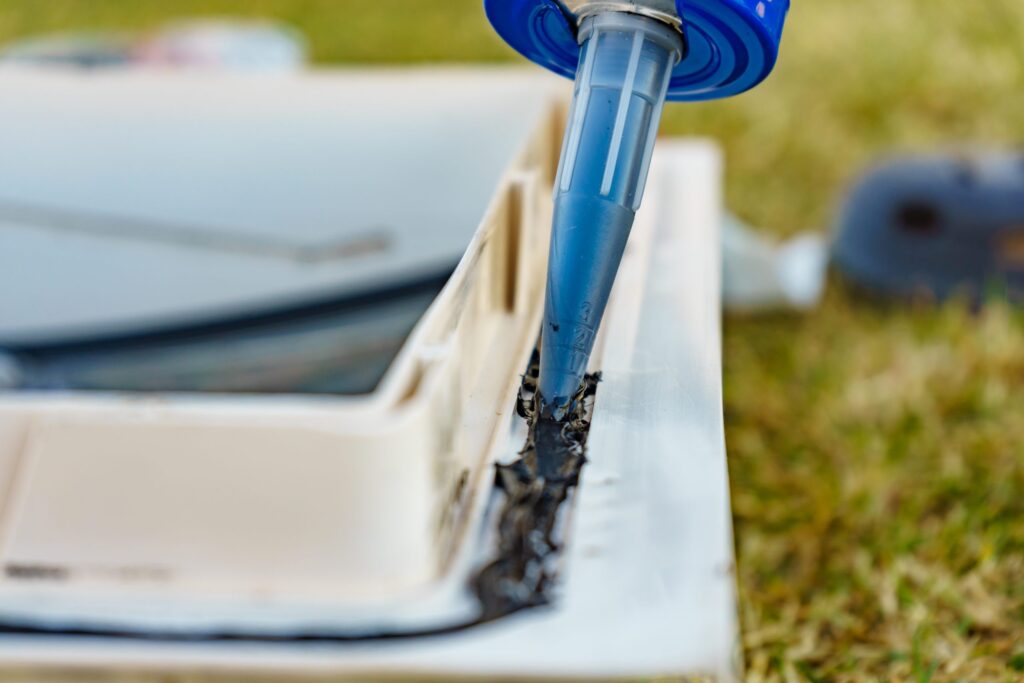
As an RV owner, taking care of your roof is one of the most important maintenance tasks you’ll undertake. A properly maintained roof ensures that your RV stays dry and free from leaks, which can cause significant damage and cost a lot of money to repair. One of the most important decisions you’ll make in […]
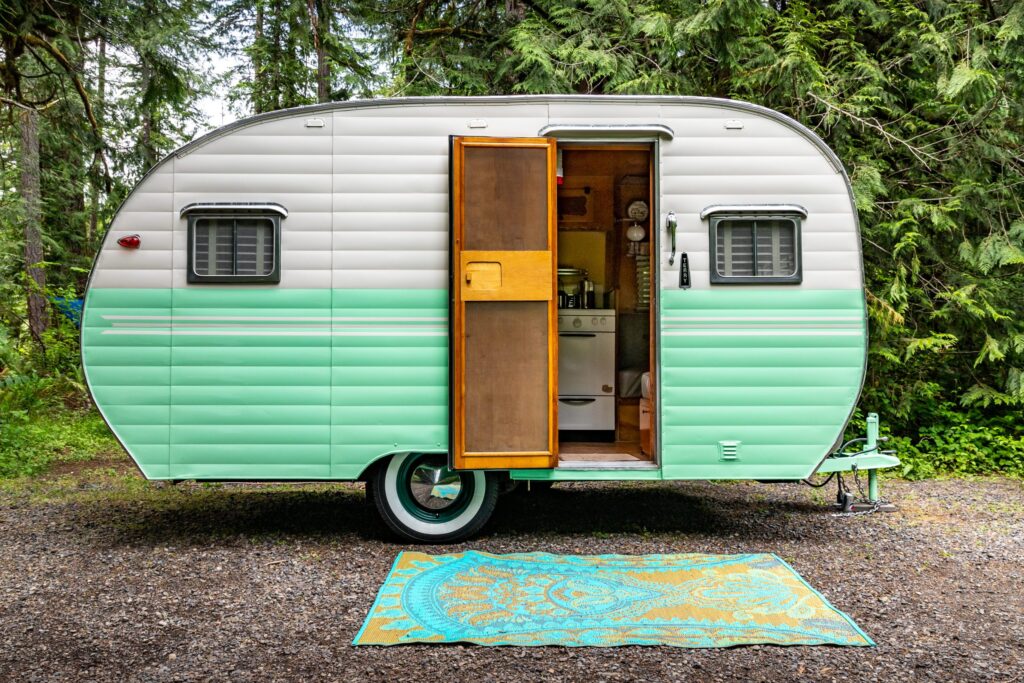
Buying a used RV is a great way to save money, but if you aren’t careful you could be buying into a problem! Follow these helpful tips to make sure you’re informed when shopping used. If you are new to the RV lifestyle, or have an RV but want to upgrade, buying used is an […]

As the weather turns warmer and the days get longer, many RV owners are beginning to think of the upcoming RV season and all the fun it’s sure to bring! Making memories at the campsite with your friends and family is fun and rewarding, but only if you take time to plan ahead! Don’t get […]
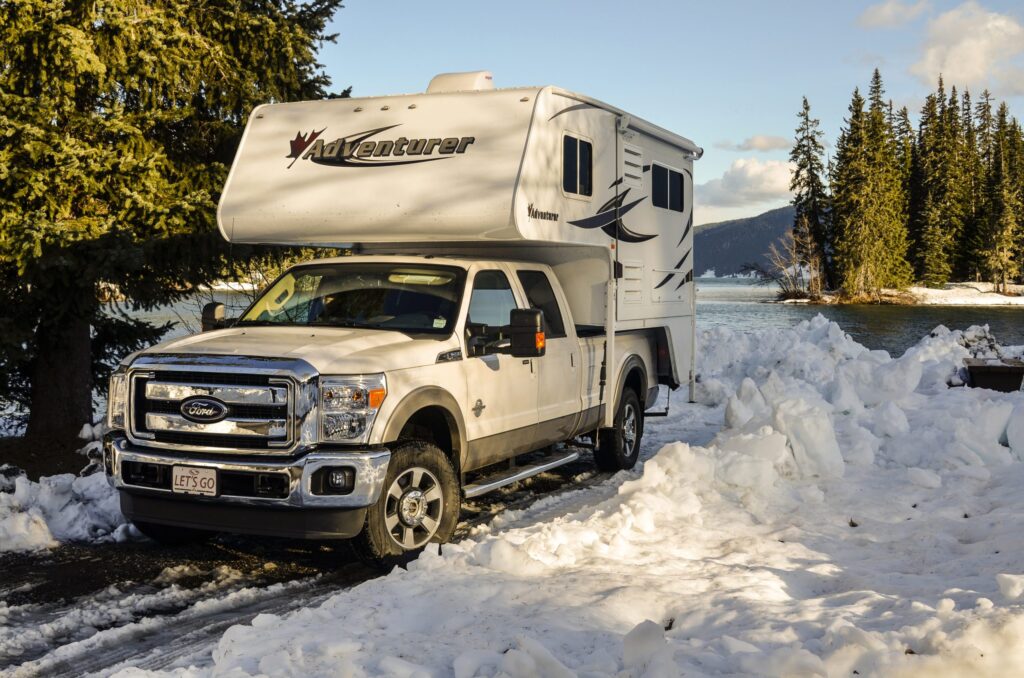
You’re thinking about extending your camping season into the winter. However, wintercamping is no joke, and you need to know exactly what you are doing to be successful.That being said, some people really enjoy winter camping despite the weather. If you are planning on going winter camping, there are some RV parts and accessories youare […]
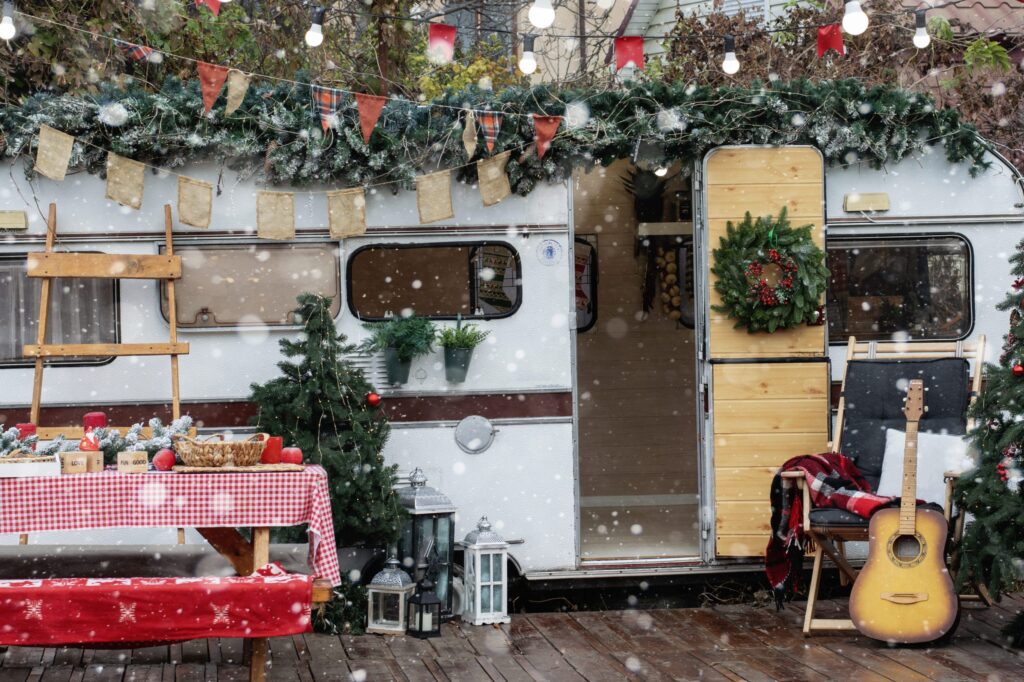
Camping is a lot of fun no matter what season! Winters can be harsh and cruel, but thatdoesn’t mean you should shy away from going winter camping. Camping in the winter canbe a truly memorable and thrilling experience! However, you need to perform the properRV service on your RV before you consider taking to the […]
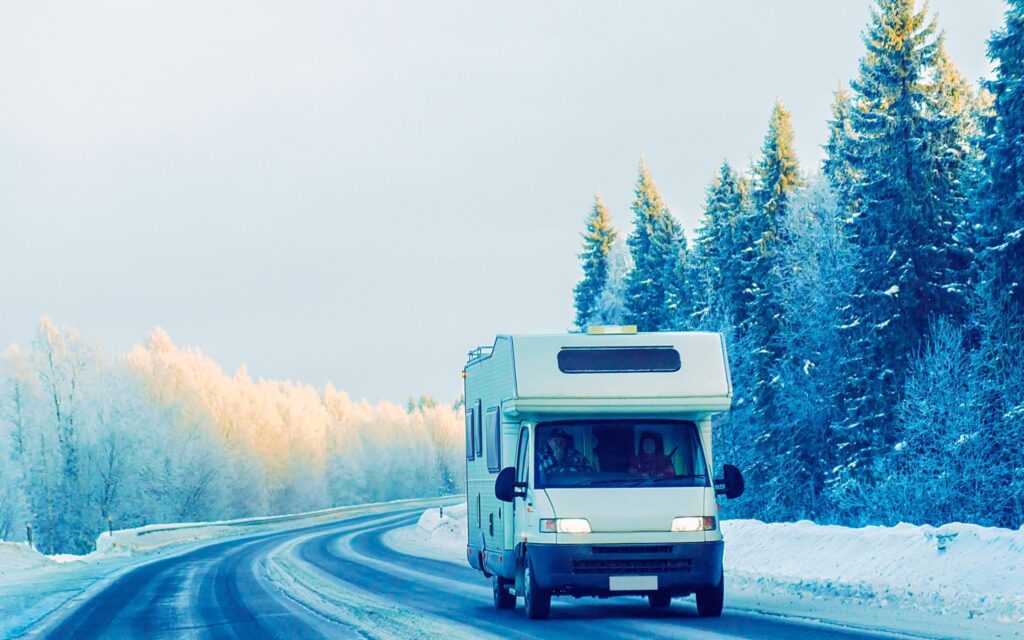
Sometimes you just love camping in your RV so much that the mere thought of putting your RV away for the cold winters is unthinkable. If you are considering going winter RVing, then there is some RV service you are going to want to consider. Winter camping is not the same as summer and requires […]
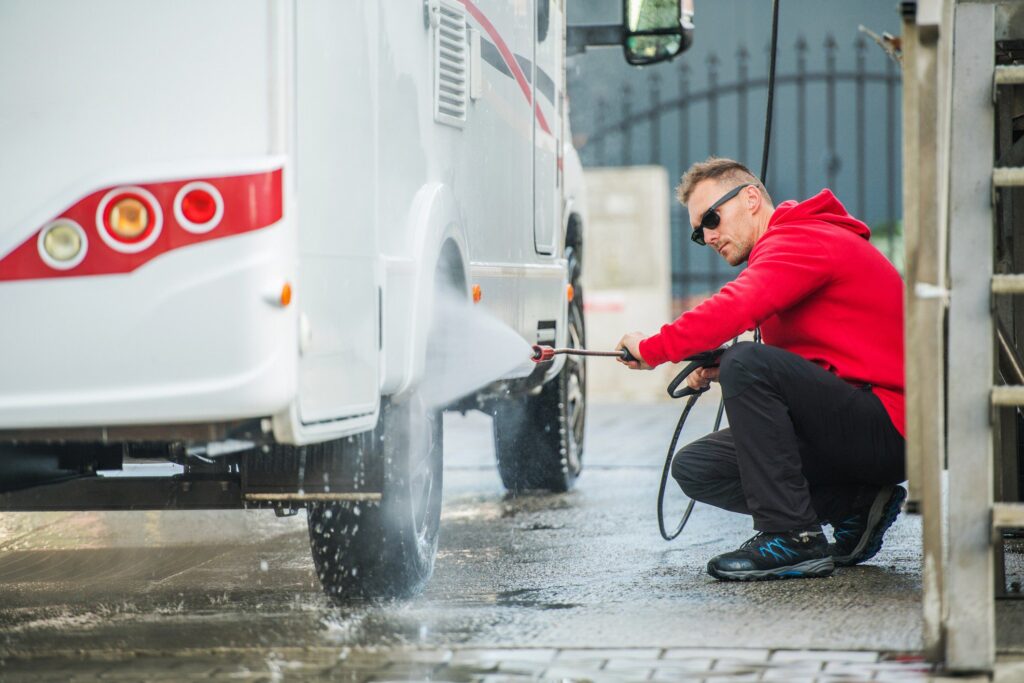
Fall is a beautiful time of year. As the leaves start to change, you realize it might be time to start getting your RV ready for the winter months to come. Performing winter RV service is essential to ensuring your RV will be in good shape when you’re ready to hit the woods around Edmonton […]

Whether you are new to RV life or an experienced camper, you know that repairs will be needed from time to time, just like any other vehicle. These issues are pretty much unavoidable as wear and tear can happen on any vehicle. RV repairs can be costly, so being able to get ahead of common […]

You are driving around looking for the perfect spot to park your RV. You find it and are just starting to get comfortable when you spot a large tear in your awning. You know you need RV awning repair but aren’t sure you can take care of this one yourself. Ask the experts at Edmonton […]










